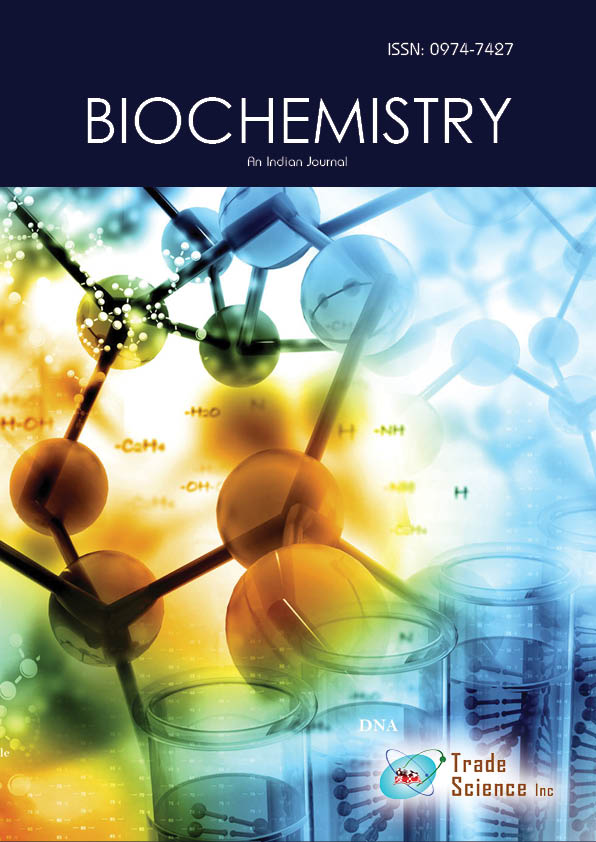抽象的な
Effects of alloying elements on physical properties of tin-antimony based lead free solder alloys
Abu Bakr El-Bediwi, Eman Kashita
In order to prevent pollution of the environment with lead the use of tin/ antimony lead free solder alloy with some alloying elements is the best solder alloys for high temperature applications.Also a lower tin content in solder is very important issue because it results in slower intermetallic growth, thinner inter metallic layer, which is because tin reacts with the base metal form an alloy. In this study the effects of alloying elements on structure and some physical properties, such as resistivity, melting temperature, pasty range elastic modulus, hardness and internal friction of tin- antimony lead free solder alloy have been investigated using different experimentalmethods. Sn93Sb5Bi2 alloy has lowest electrical resistivity value compared to the electrical resistivity (34x10-8 ï—.m) of Sn-Pb commercial solder alloy. Sn93Sb5Bi1 alloy has higher elastic modulus value.
